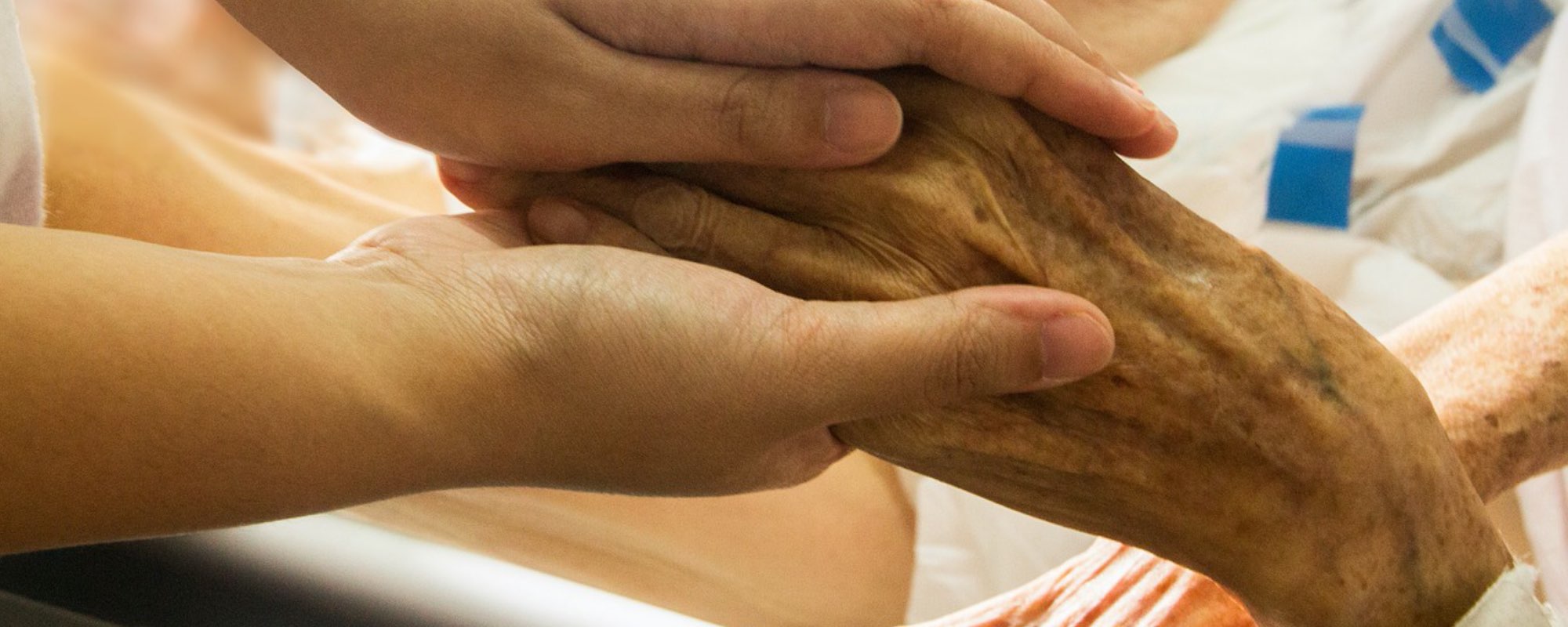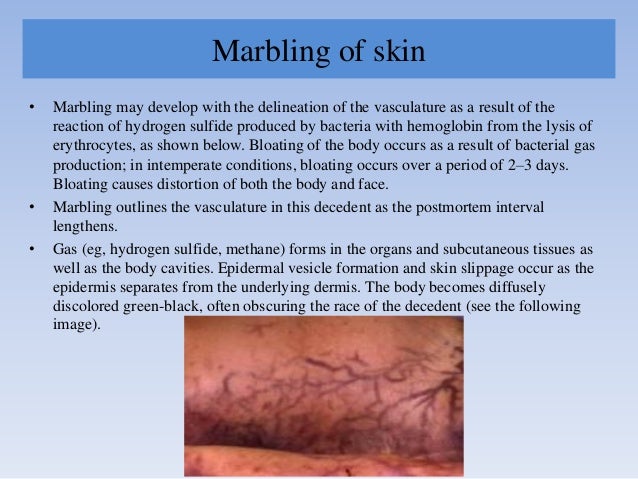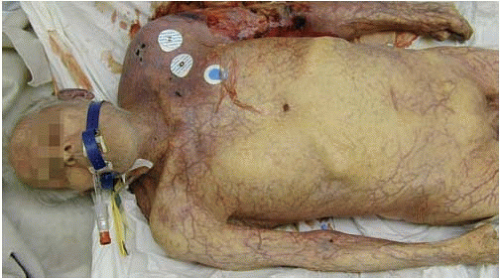It is the final stage after death synonymous with putrefaction which usually follows the disappearance of rigor mortis death stiffening that lasts for about 2 to 3 days.
Marbling in dead body cause.
Livor mortis refers to the bluish purple discoloration under the skin of the lower body parts due to gravitation of blood after death.
It s the stage wherein the bacterial enzymes cause.
Marbling food industry a term for an increase of intramuscular fat in cattle which increased beef s tenderness.
Mottling of skin before death is common and usually occurs during the final week of life although in some cases it can occur earlier.
Faux finishing or faux marbling is the art of painting walls or furniture to look like real marble.
What often underlies this uneasiness however is thinking about the process of dying and the fear of a prolonged or painful death rather than the state of being dead.
Forensics venous patterning a term referring to a vaguely arborescent mosaic of discolouration due to prominent subdermal vessels especially the veins on the skin of a body in early 3 to 5 days decomposition.
Mottling most frequently occurs first on the feet then travels up the legs.
Onset of lividity its location and color provide information on the time and cause of death.
Postmortem skin changes include livor mortis vibices tardieu spots and marbling.
Other signs of decomposition.
Decomposition is the continuous process of gradual decay and disorganization of tissues and structures of body after death through a series of biochemical changes.
Vibices are pale marks on a dead person s skin that are caused by dermal pressure.
Mottling is blotchy red purplish marbling of the skin.










